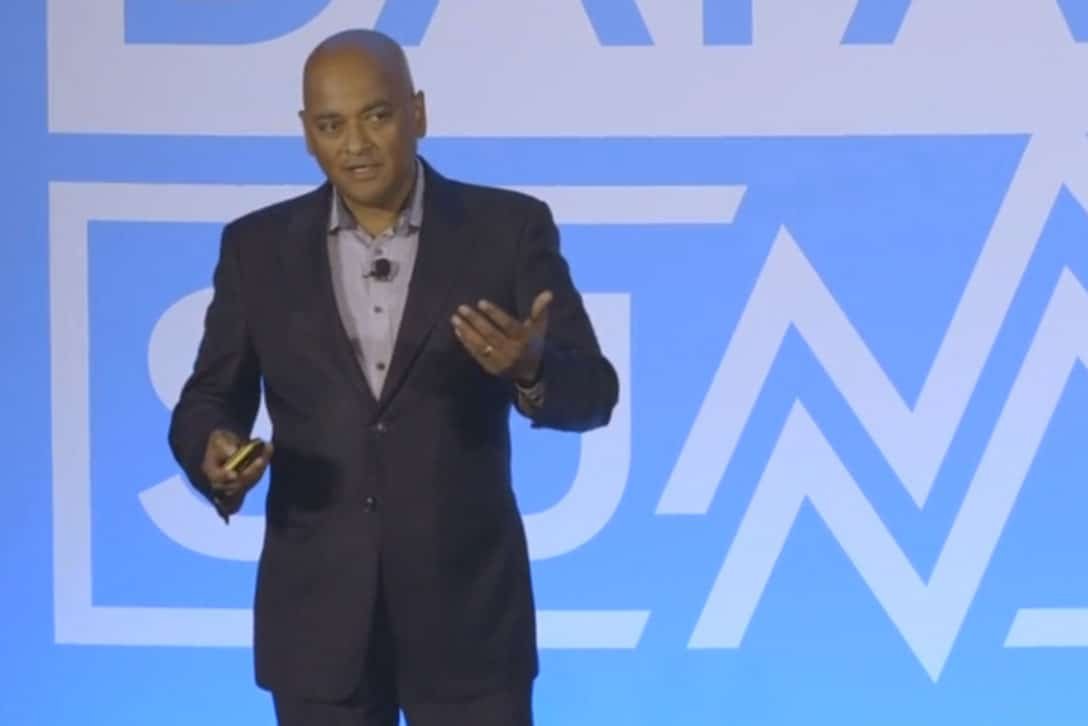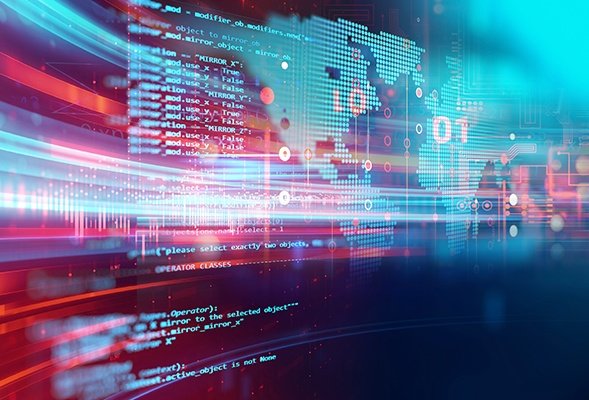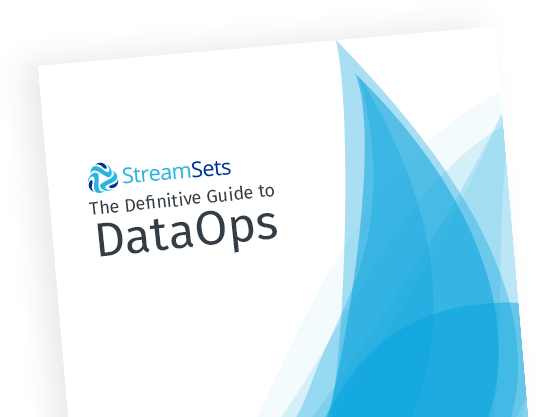Defining Your Data Universe with DataOps
The audacious, ambitious goal of teasing order out of the expanding chaos of modern data architectures requires a different approach to data integration. For decades, the automation of business analytics relied on predictable, well-defined data sets used in predictable, well-defined ways. But today’s data is messy. It’s unpredictable. Data producers and consumers find it painful to stay in sync.
What is DataOps?
DataOps is a set of practices and technologies that operationalize data management and integration to ensure resiliency and agility in the face of constant change. It helps you tease order and discipline out of the chaos and solve the big challenges to turning data into business value.

Manage Data Drift with DataOps
The challenge to the provisioning of continuous data is the unexpected, unannounced, and unending changes to data that constantly disrupt dataflow. That’s data drift, and it’s the reason why, sometimes when you go fast, things break. But when you take your time, you fall behind.
To manage data drift, you need to ensure continuous data flows by automatically identifying and handling data drift. DataOps operationalizes data management and integration, turning data chaos into a continuous, reliable flow of data to the people and systems that turn it into value.
Why DataOps? Why Now?

You depend on data that you can’t control.
When data came from carefully controlled systems, you could plan for change. Data fueling your business today comes from a wide range of internal and external sources. You have to detect and respond to change by design to keep up.

You need data now, not later.
Modern analytics, data science, AI, machine learning…your analysts, data scientists and business innovators are ready to change the world. If you can’t deliver the data they need, faster and with confidence, they’ll find a way around you. (They probably already have.)

Digital transformation happened overnight.
If you’re moving to cloud data platforms, now may be the time to accelerate that data migration and leave high-cost legacy systems behind. How do you enable your team to rapidly migrate and keep on-premises and cloud platforms in sync?
3 Key Principles of DataOps
Design for Change
DataOps technologies are used to build systems that are resilient to change, and enable self-service for those who know the business and data needs best. Find out how smart data pipelines to deliver continuous data despite constant change.

Bring DevOps to Data
DataOps practices and technologies enable automation and monitoring across the full lifecycle of productivity from design to deployment and operations. Operationalize your data pipeline lifecycle with a single hub to manage data pipelines.

Embrace Emergent Design
DataOps technologies reveal data infrastructure, data structure, and semantics as they unfold instead of practicing design from the top down. You can put DataOps into practice by designing data pipelines that change.

